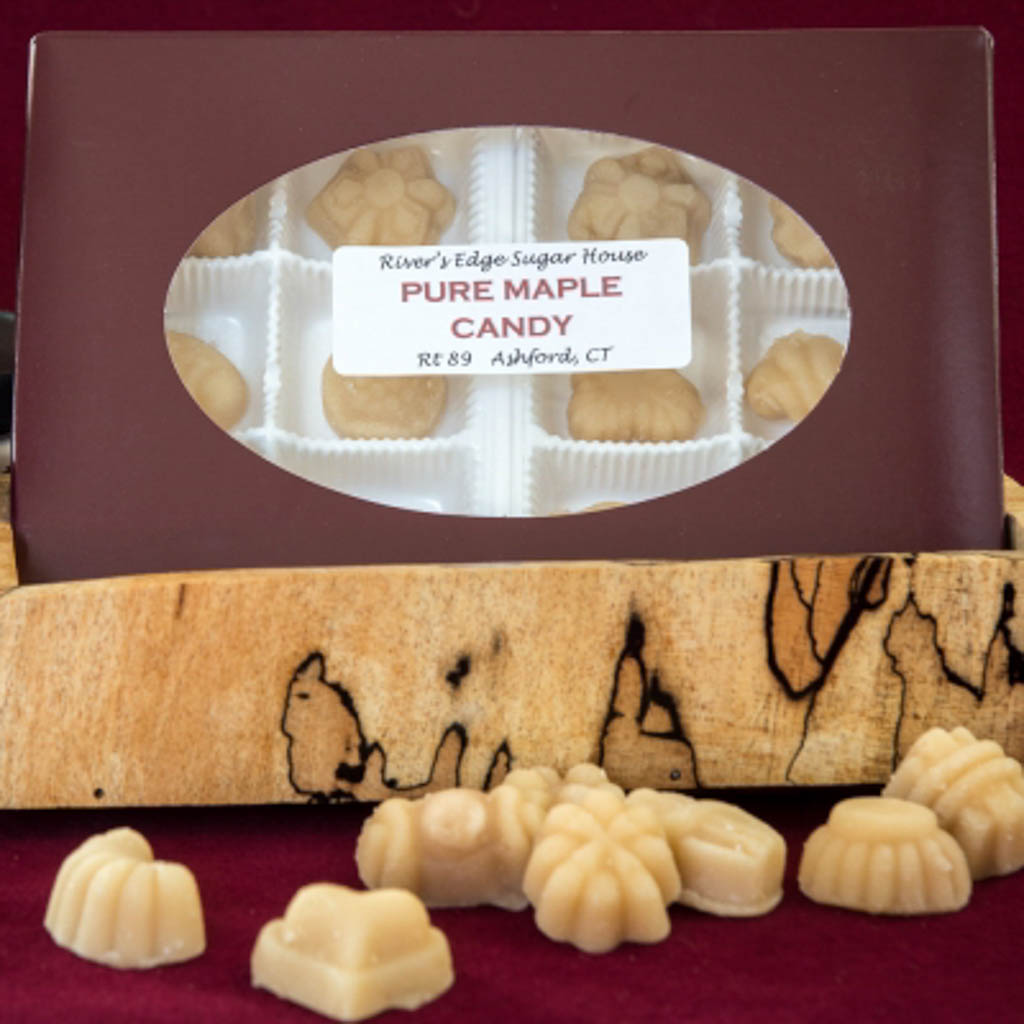

Lemon juice is acidic and therefore if you mix a little lemon juice with sucrose, and you heat the mixture, some of the sucrose will break down to its building blocks, i.e. Add an acid: If you are out of corn syrup and don't have honey on hand, you have a second option: add a squeeze of lemon juice.Glucose syrup is also a great option (you can buy it on Amazon or at specialty baking stores).

This is one instance when you cannot use maple syrup! Though maple syrup is often a good substitute for honey in baking, maple syrup is mostly sucrose, and therefore does not qualify as an invert sugar, nor will it help you prevent caramel sauces from crystallizing. Invert sugars interfere with the crystallization of sucrose, and therefore sugar sauces and caramels are less likely to crystallize if you add a little bit of corn syrup or honey to your recipe. Sucrose has a harder time crystallizing when glucose and fructose are floating around in the saucepan because glucose and fructose prevent the sucrose molecules from piling up on each other and crystallizing. Why? Remember invert sugars contain glucose and fructose. Add an invert sugar like corn syrup or honey: The most common precaution to prevent crystallization in recipes for caramel sauces is to add an invert sugar to your recipe, like corn syrup or honey.There are 2 important methods to ensure your caramel sauce doesn't crystallize when you don't want it to: How do you stop caramel from crystallizing? The caramels and quick caramels can become powdery, or even gritty (if larger crystals form) because the sucrose is essentially precipitating/crystallizing out of the sauce. The molecules just can't help but crystallize because there is so much sucrose around. When sucrose is present in high concentrations, like when you are making butterscotch that's loaded with brown sugar, the sucrose molecules tend to pile up and crystallize. Why do we need to know about granulated sugar and sucrose? The corn syrup you buy in grocery stores is not high fructose corn syrup. Not only does it add flavour, it also ensures the sugar doesn't crystallize, leading to a gritty texture! Corn syrup vs high-fructose corn syrup (HFCS)Ĭorn syrups we use at home are not to be confused with high-fructose corn syrup, which are made by treating regular corn syrup with an isomerase that converts glucose to fructose. You'll notice honey in these florentine cookies.

In honey, glucose and fructose are present in equal parts. Honey is also an invert sugar: bees drink flower nectar containing sucrose, and they secrete an enzyme (invertase) that breaks down the sucrose (digestive acids also help this process) to form glucose and fructose. Some corn syrups contain maltose (coming from the break-down of glucose-containing amylose starches). Corn syrup that is readily available at grocery stores is a glucose syrup. If you treat starch with either an enzyme (amylase) or an acid and a little heat, the starch chains break down into their building blocks: you obtain lots of glucose. Starch is the storage form of glucose in plants, and it's a long chain of glucose molecules bonded together. What most people don't realize is that corn syrup actually comes from corn starch. Invert sugars are made when larger sugars, like sucrose, are broken down to their basic building blocks, glucose and fructose. The other type of sugar you need to be aware of is "invert sugar", such as corn syrup. Invert sugars such as honey, corn syrup, and glucose It's important to note that in sucrose, glucose and fructose are chemically bonded. Brown sugar, like white sugar, is also mostly sucrose. Glucose, along with fructose, are actually the building blocks that make up each molecule of sucrose that is granulated sugar. People often assume that granulated sugar is glucose, but it's not. In baking, the most common form of sugar we use in the kitchen is granulated sugar. What is sugar? Granulated sugar is sucrose Fortunately, there are tricks that you can do so that your caramels and sauces don't turn gritty. In the kitchen, I think the number one problem with working with sugar is that it crystallizes, especially when you don't want it to, like when you are making quick caramel sauces, buttery salted caramel sauce, or soft and chewy sea salt caramels. Disclosure: As an Amazon Associate, I earn from qualifying purchases.


 0 kommentar(er)
0 kommentar(er)
